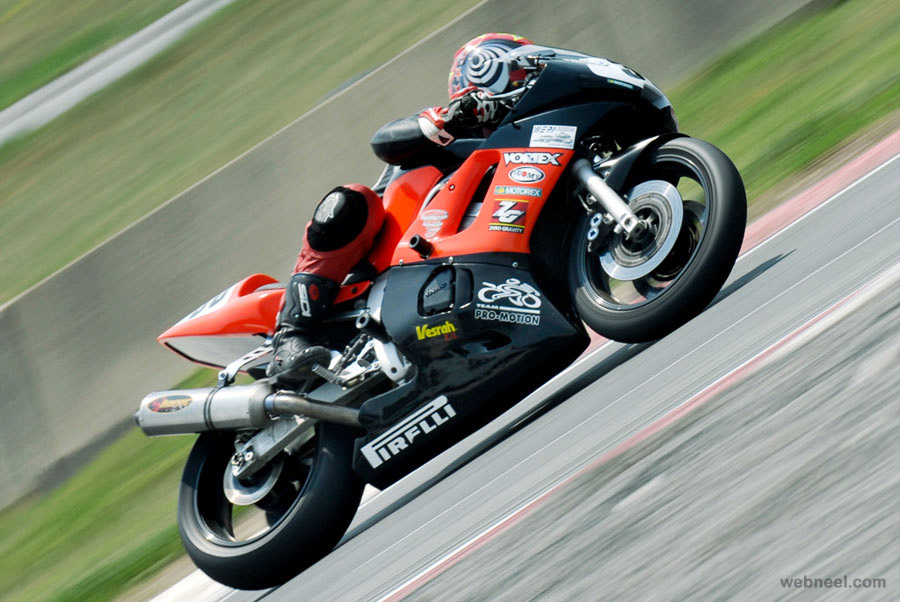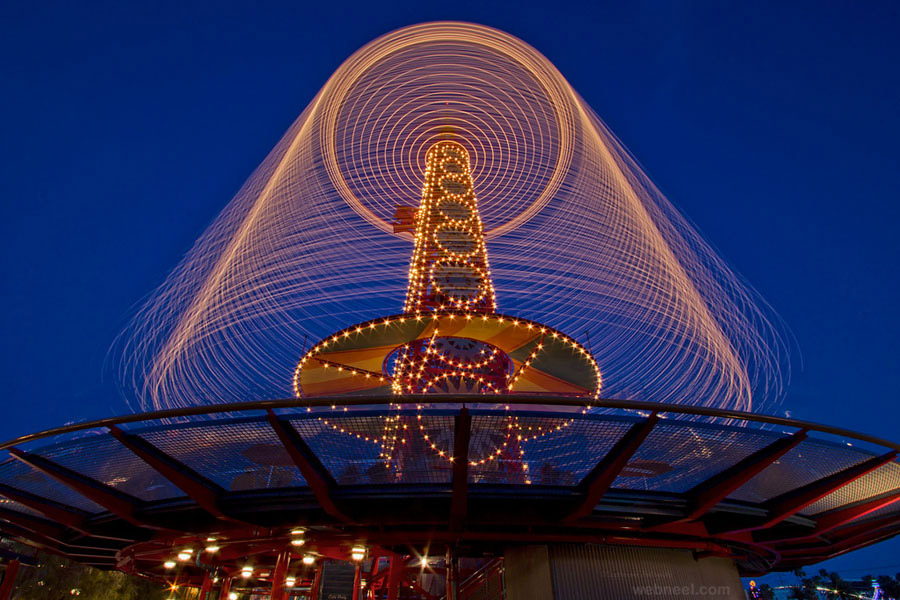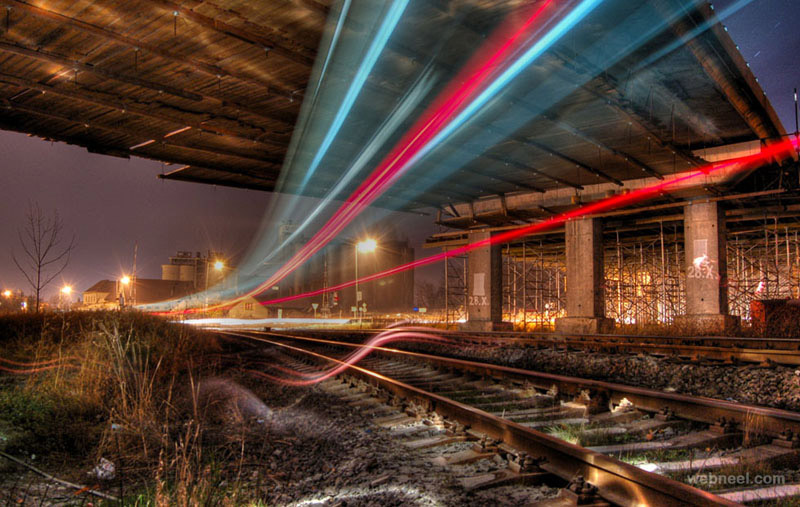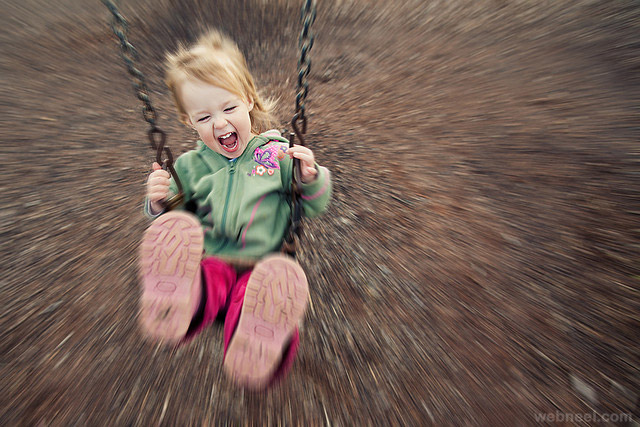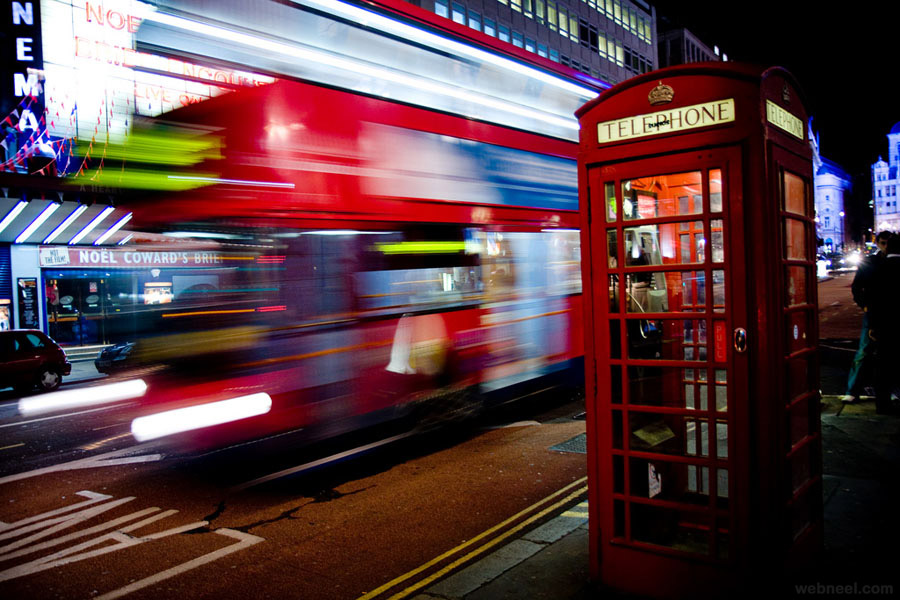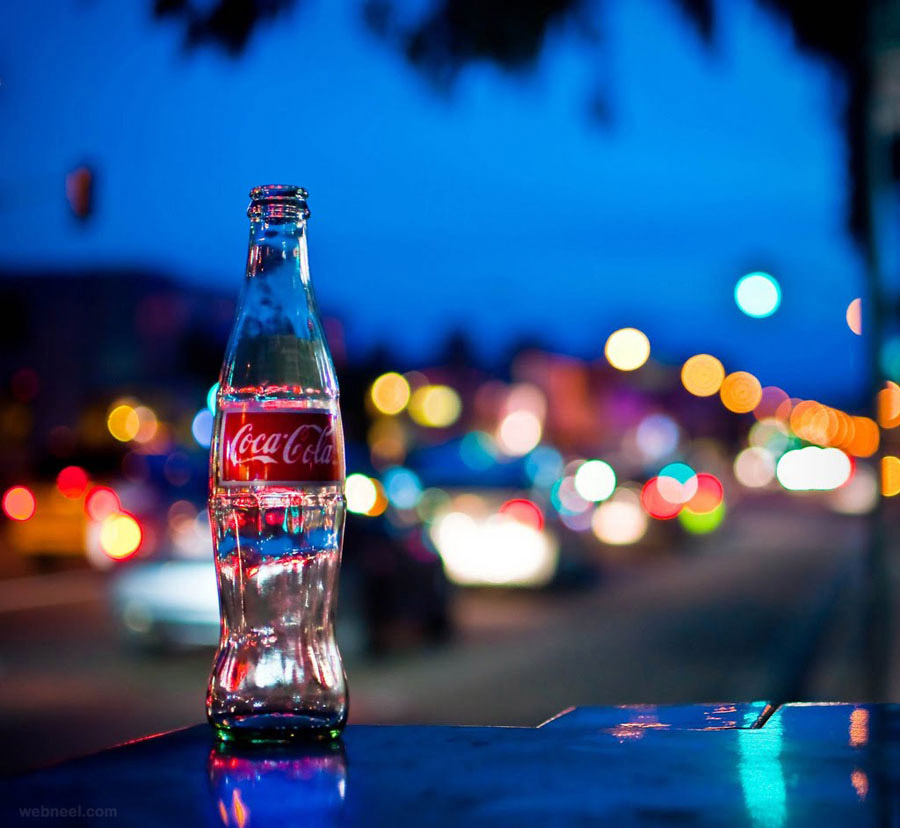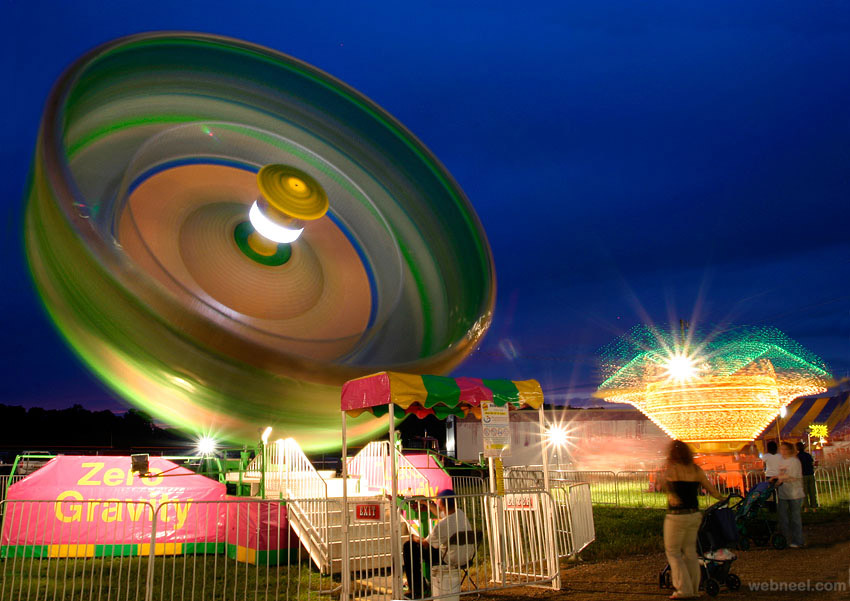30 Best and Mind Blowing Motion Blur Photographs for your Inspiration
Motion Photography
Motion Photography : Motion blur is the apparent streaking of rapidly moving objects in a still image or a sequence of images. There are two types of motion blur pictures. The first type is where you keep your surroundings static and bring out motion in the subject. This works pretty well with pictures where only a part of the subject is moving, like the arms or legs. The other type of blur is where you keep the subject mostly in focus and get a motion blur effect on the background. This works well when the entire subject is in motion, just like the bike in the image below.
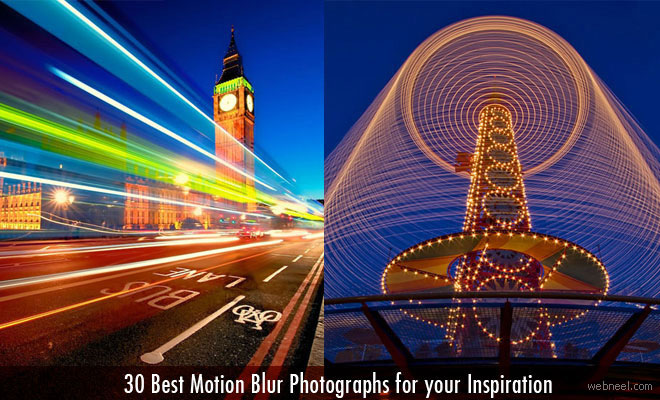
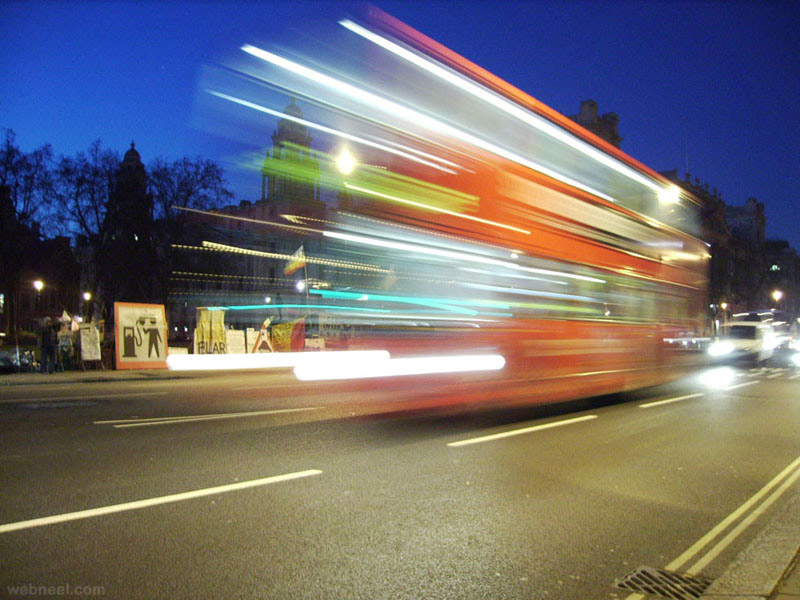

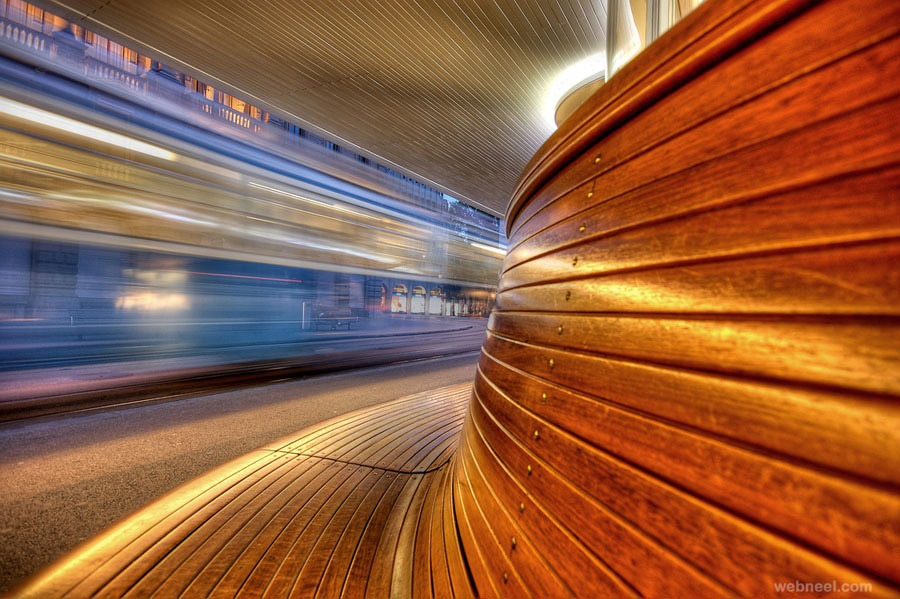

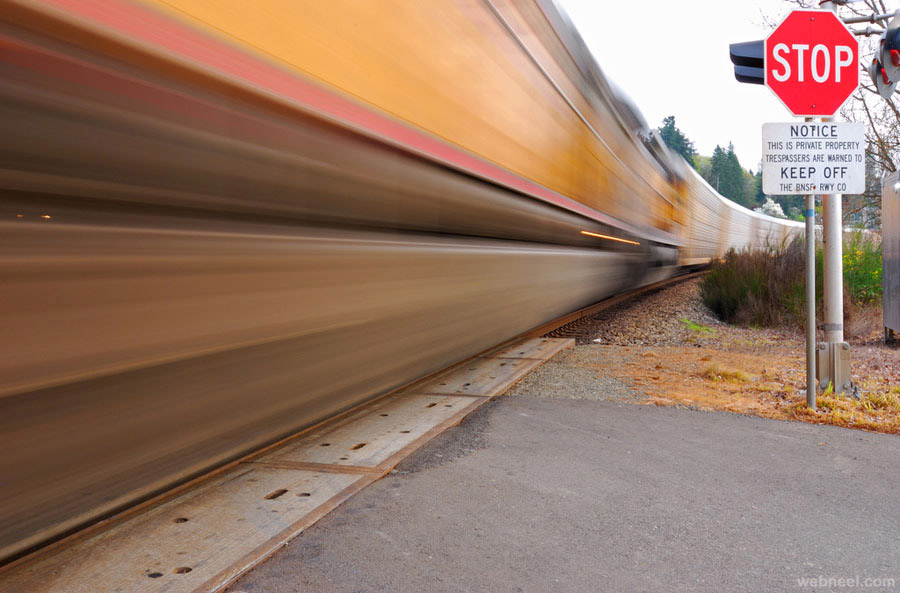
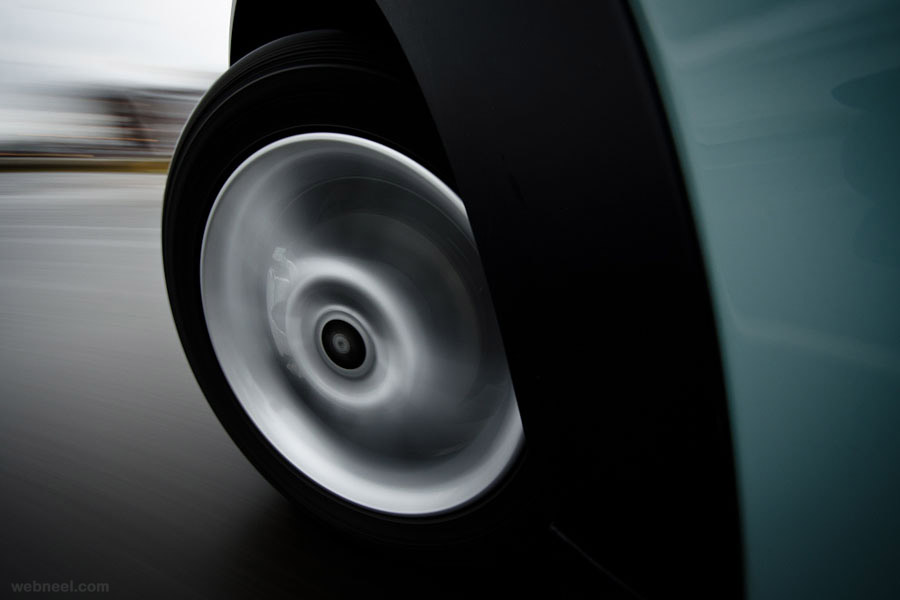
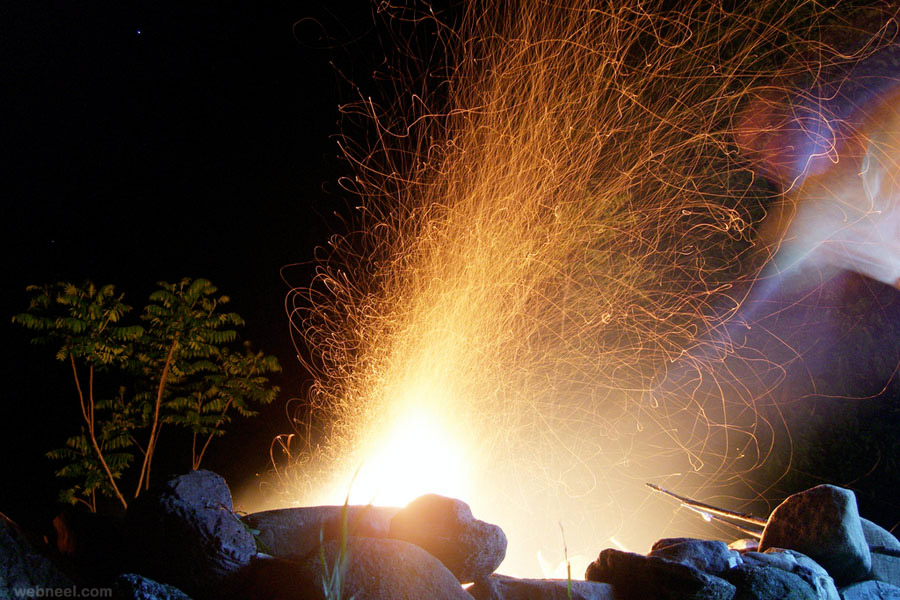
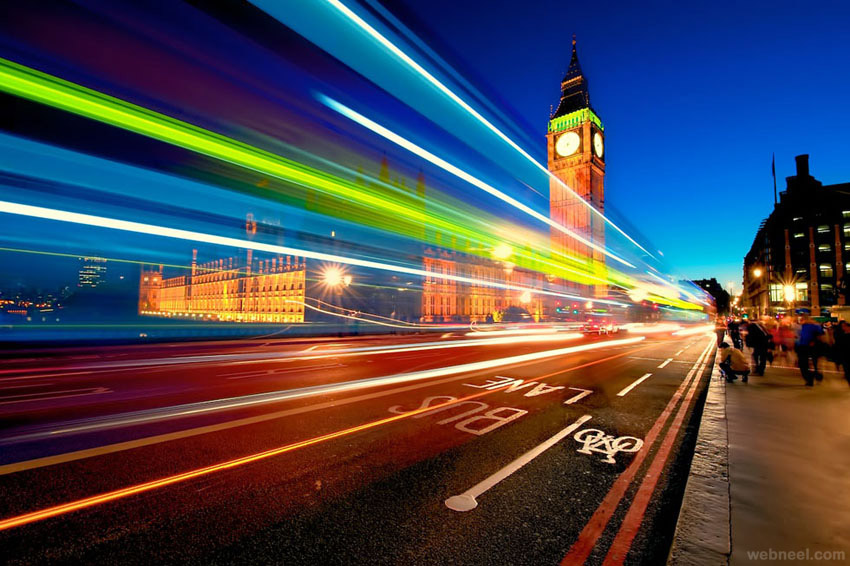
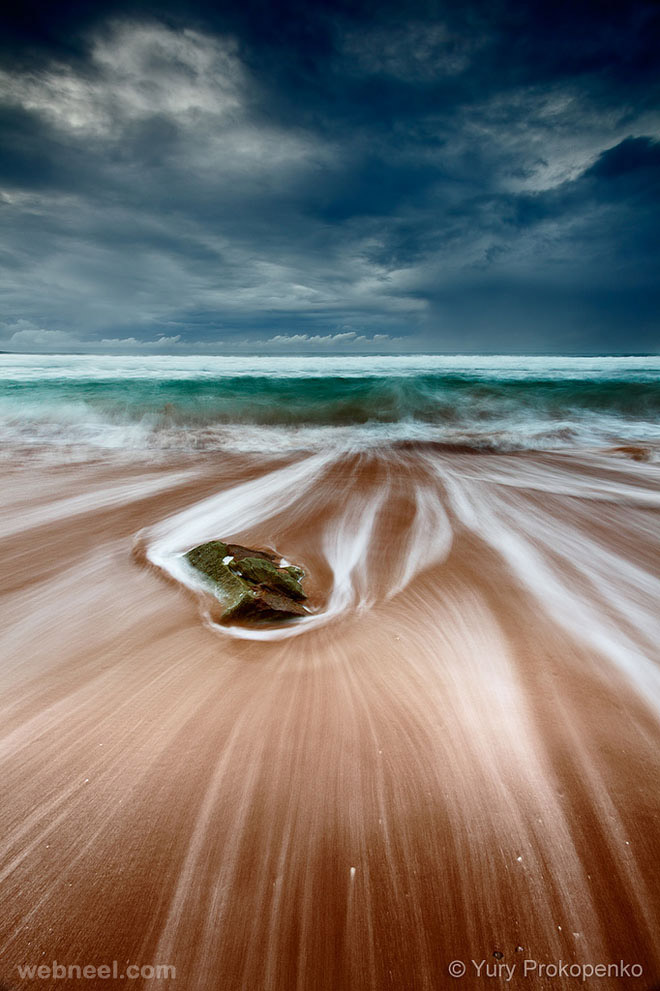

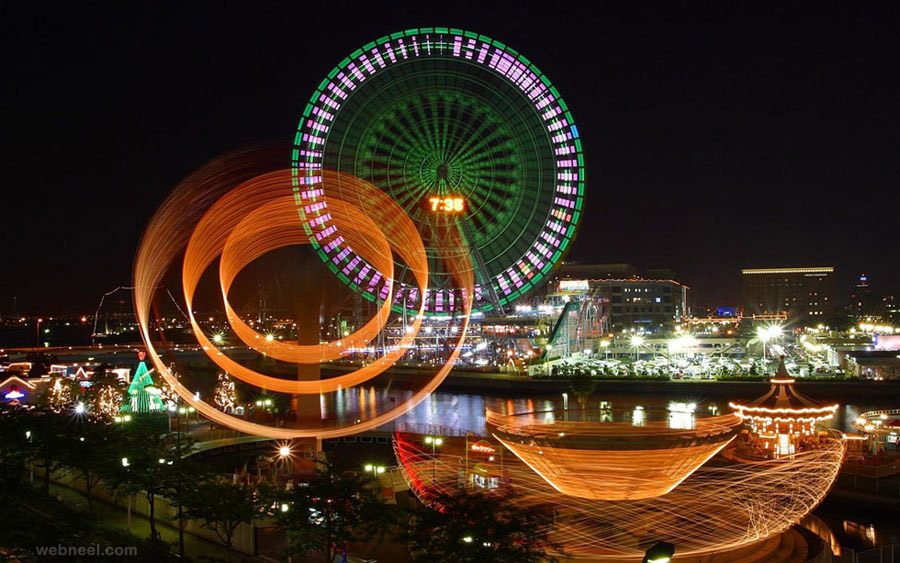
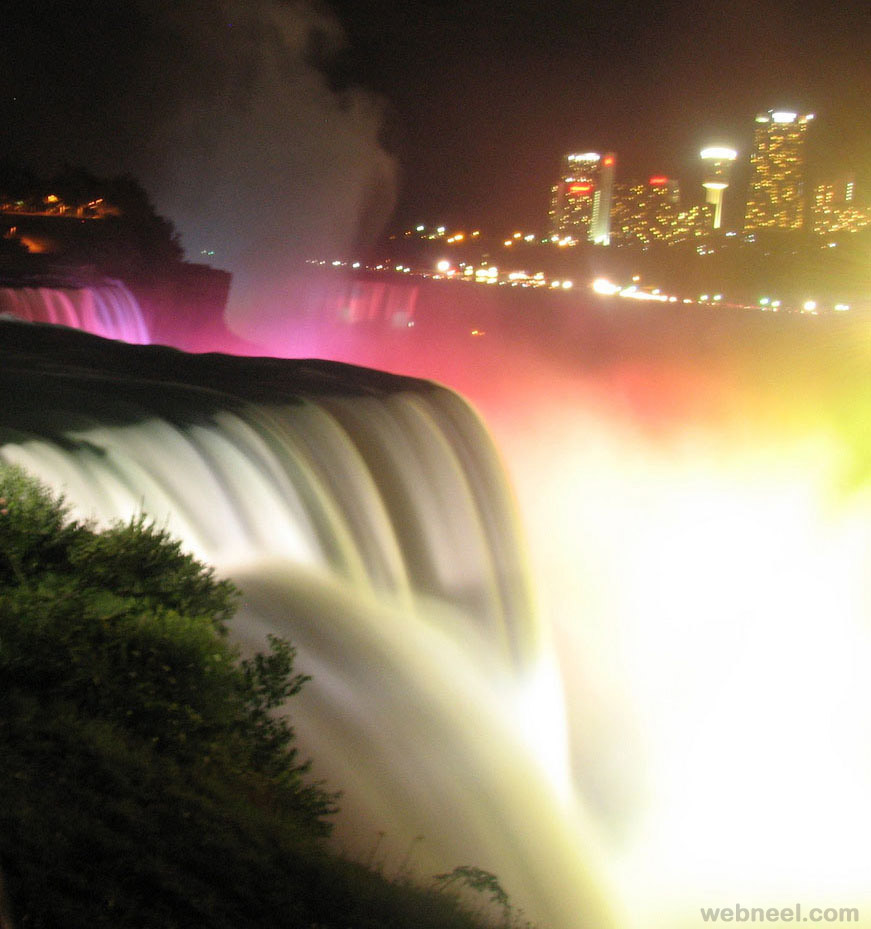
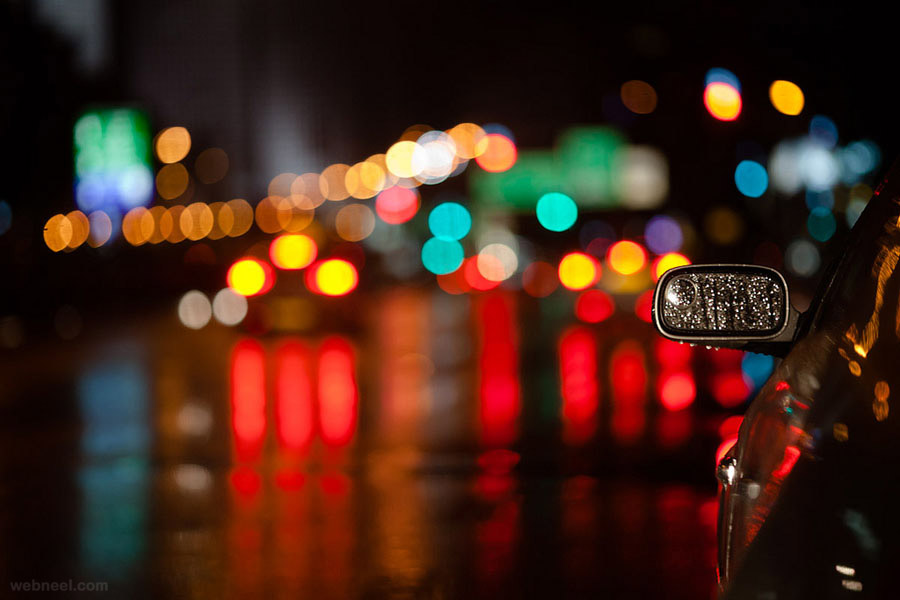
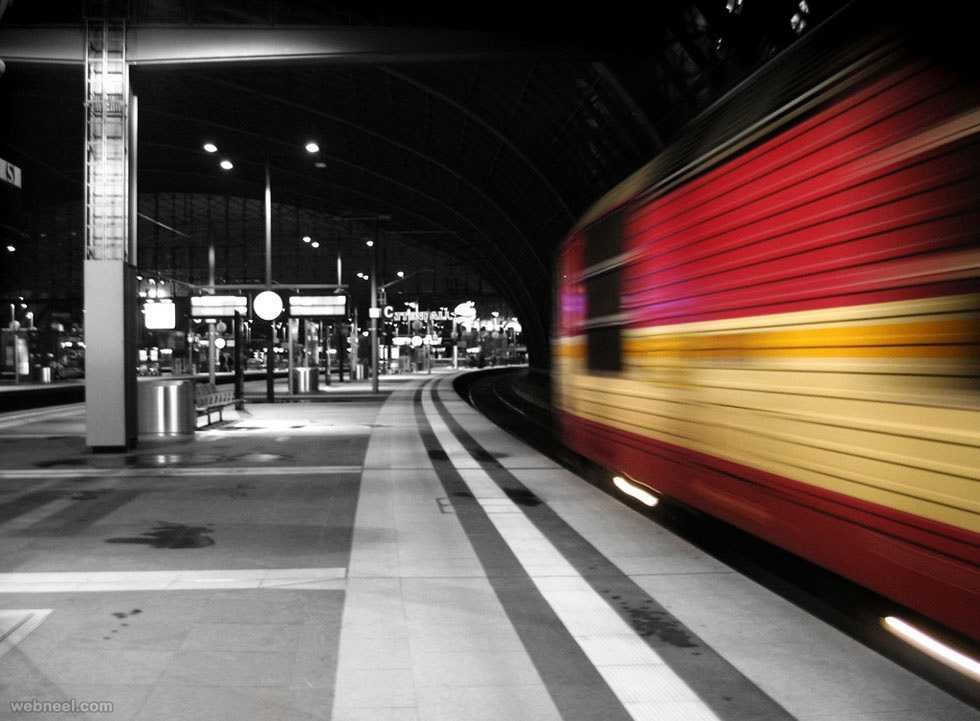
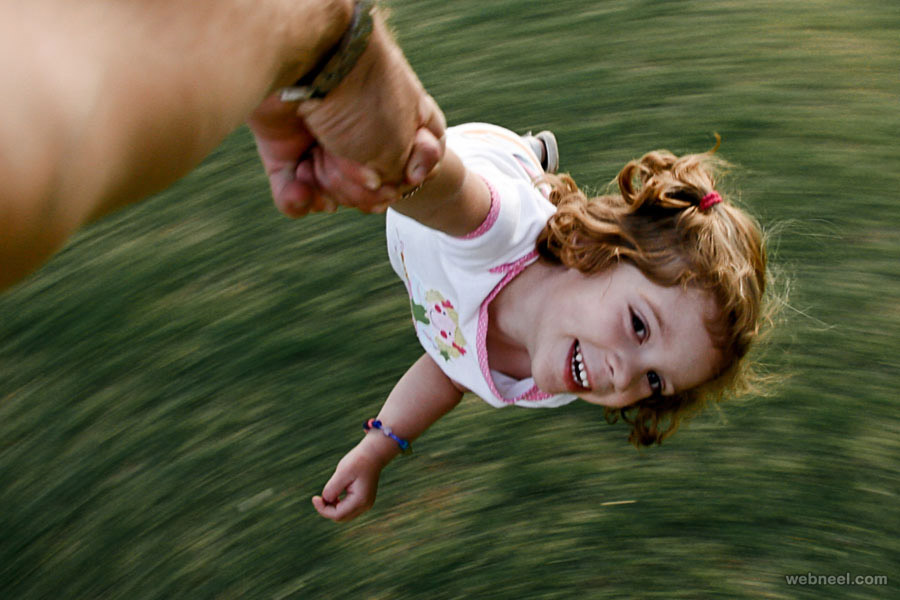
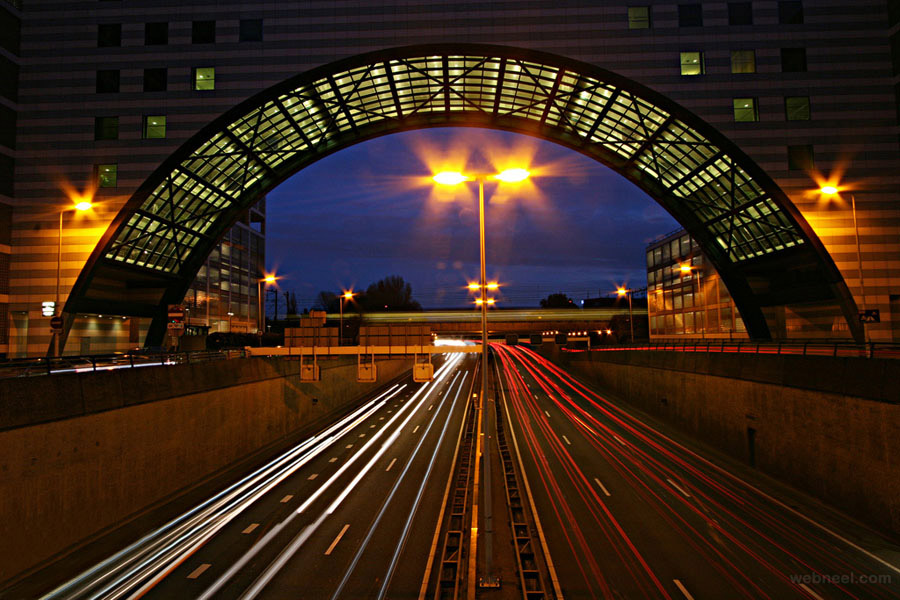
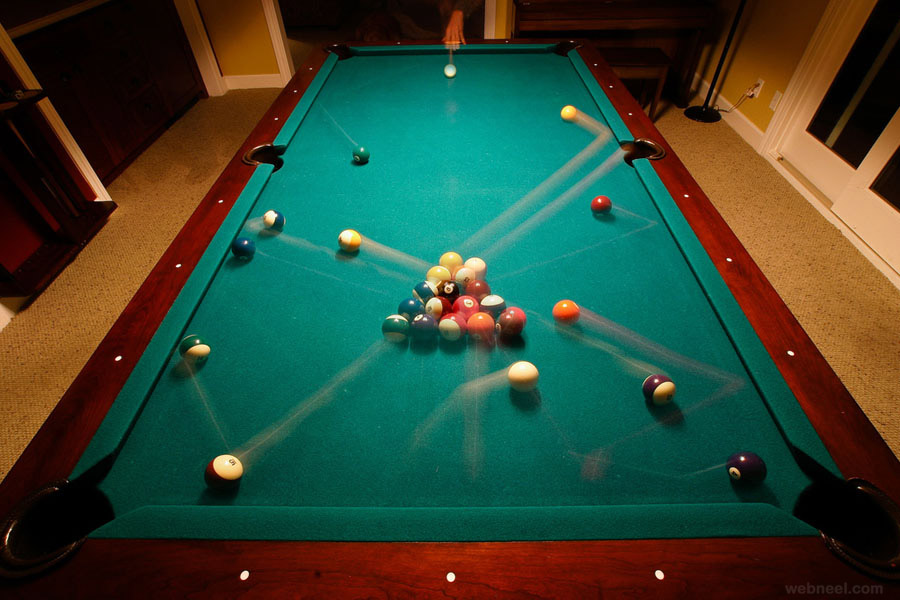
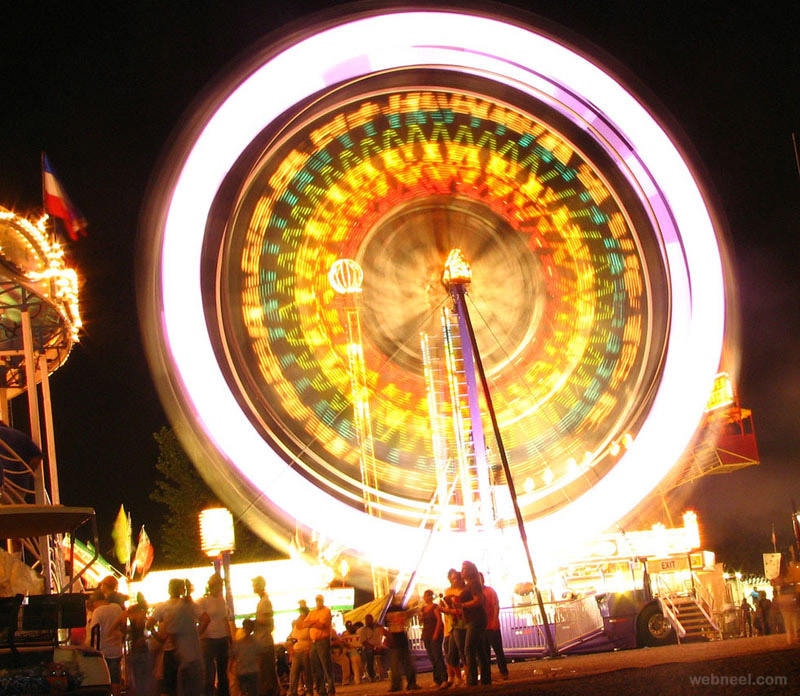
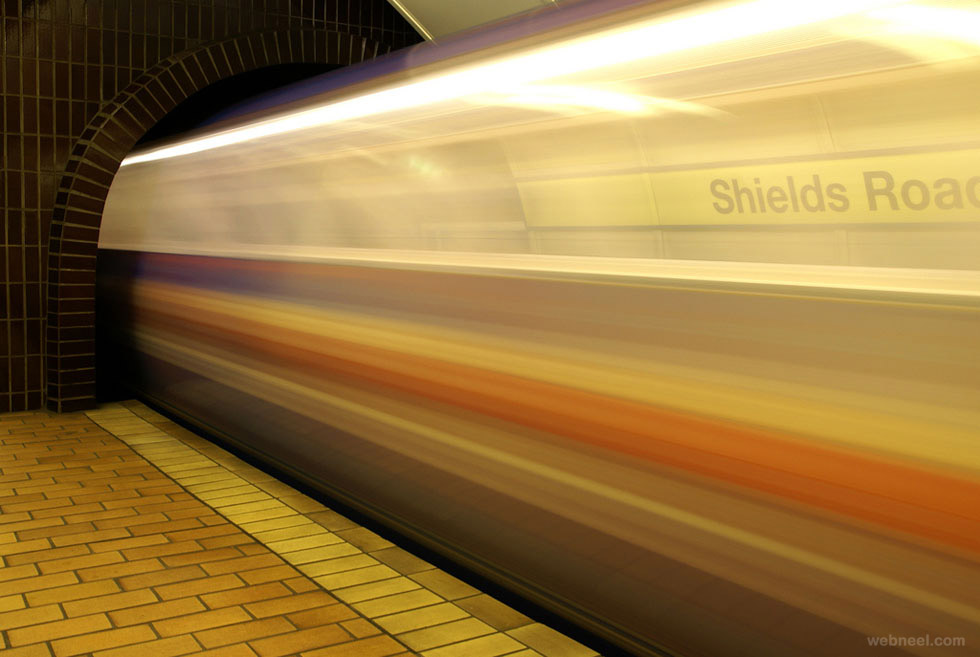
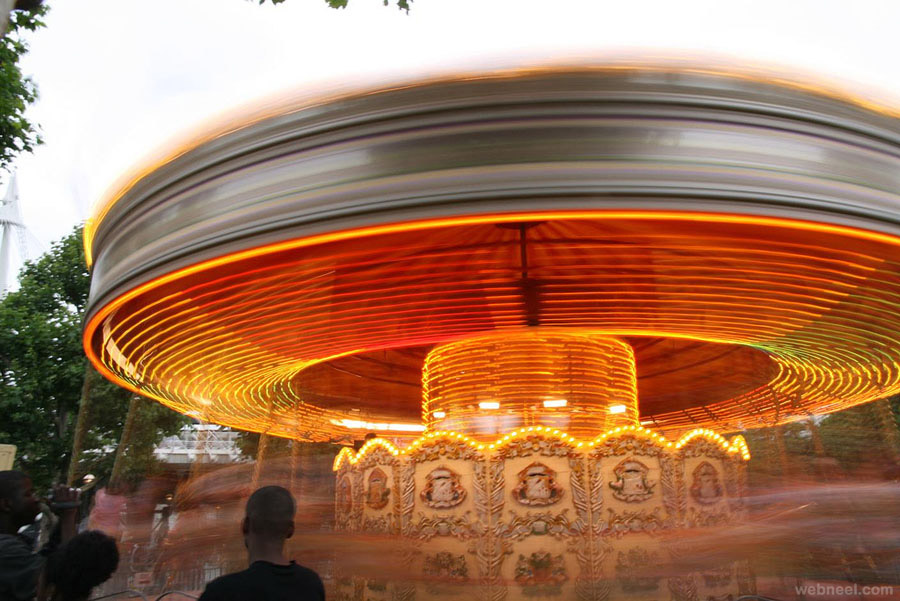
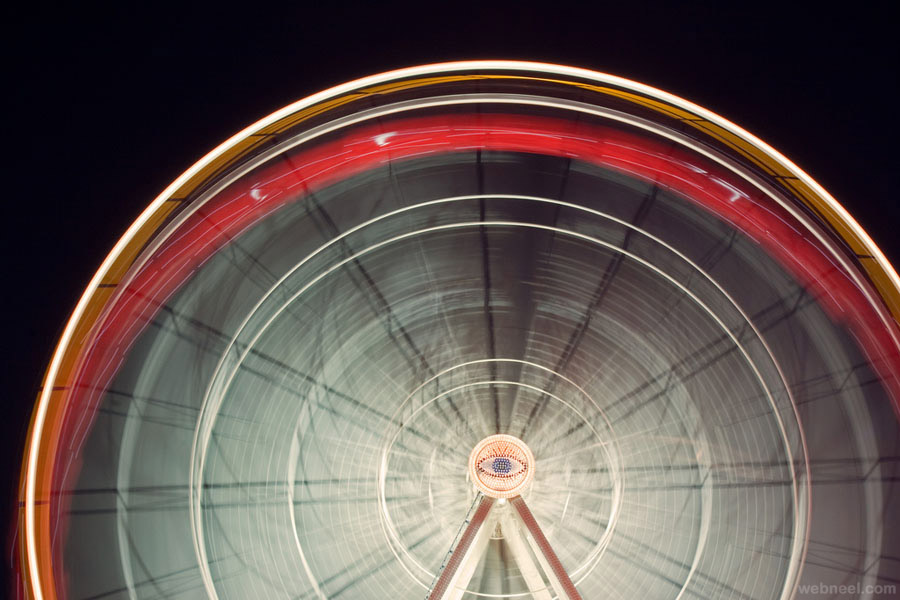
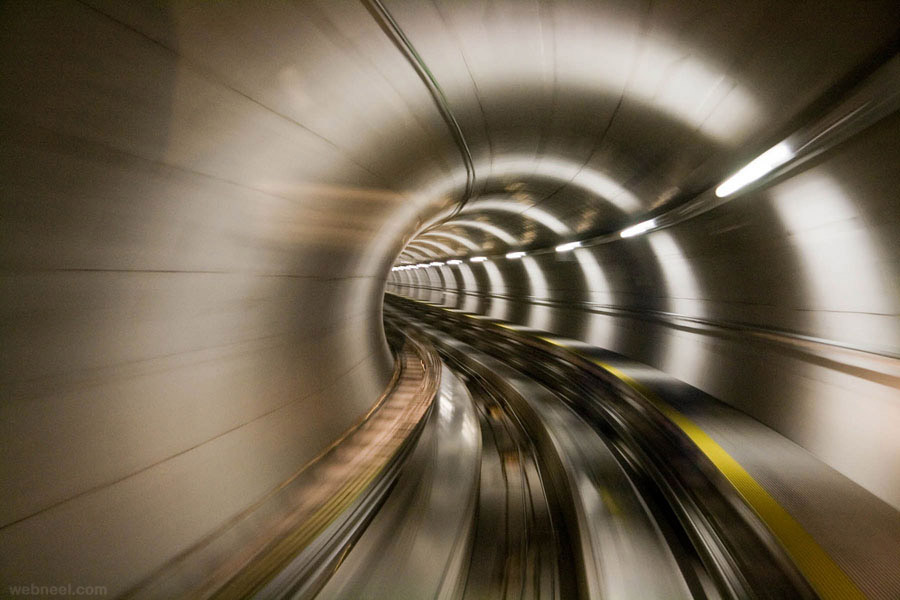
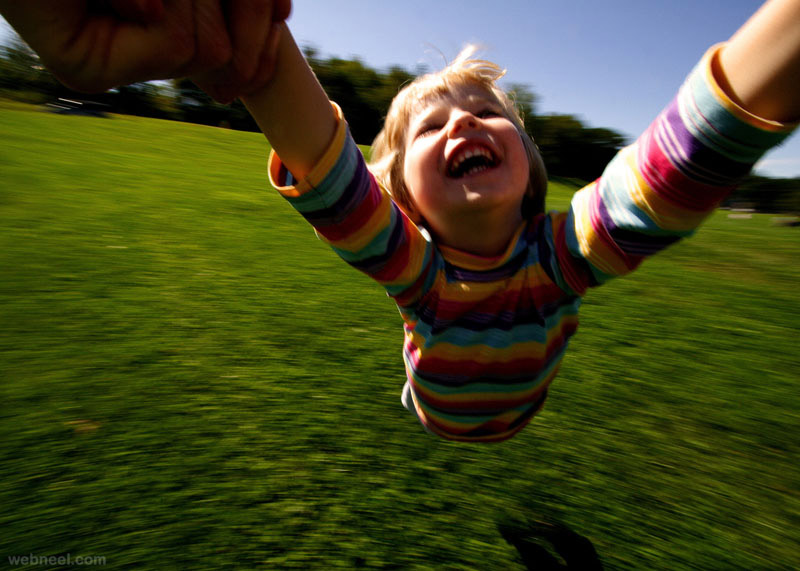
Here are a few quick pointers for taking some cool motion blur shots.
1. Be alert and Ready to Shoot: The most important tip that you have to remember when shooting a moving object is to be alert and ready to shoot. You must be aware of whats going on around you, have your settings ready well in advanced, and always anticipate the next step. That way you’ll never miss that perfect shot.
2. Look at your surroundings: Concentrate on your surroundings. What’s going to be in the background of your photo? Remember the background can make or break a picture.
3. Two Kinds of Motion Blur: For the first type of motion blur, keep the camera still so that the subject is blurred. Alternatively you can track your subject with the camera so that motion blur is applied to the background.
4. Use the Shutter Speed Priority Mode: Motion blur is all about shutter speed. To bring out the motion in the backdrop and keep the subject in focus, start with a shutter speed of 1/200th of a second and slow down gradually depending on the results and the speed of the subject. This will help you to determine the optimum shutter speed for motion blur in those conditions.
5. Trace the Moving Subject: Start tracking the subject before you press the shutter, and don’t stop until the photo has been taken. This will help in capturing sharp subjects. Also, using the cameras viewfinder rather than the LCD helps a lot. It helps to keep the camera steady and allows your pivot to be far more accurate.
6. S-AF or Servo Focus: Set the Focus to S-AF or Servo. On this mode, the camera will continue to focus regardless of whether your finger is on the button. This helps in tracking the fast moving objects because it saves the time spent focusing before a shot. It was built specifically for this reason, so why not use it if you have it.
7. Use a Low ISO: Set the ISO to the lowest possible setting. If you cannot prepare for a test shot then set it somewhere between 200 and 400.
8. One Thirds Always Works: Select the focus point off the center. If you don’t have the ability to do this, select the center focus and crop it during post processing. The One third rule almost always works. Again photography is all about breaking rules. Break them when you feel they work.
9. Steady Hands and the Perfect Pivot: Try to keep hold the camera tight. This will avoid some unwanted blur. A great tip this is to use the viewfinder instead of the LCD. By doing this your pivot will be far more accurate because the camera is following your eyes, not your arms.
10. Practice Makes Perfect: Practice, practice and practice. This is the key to success.
